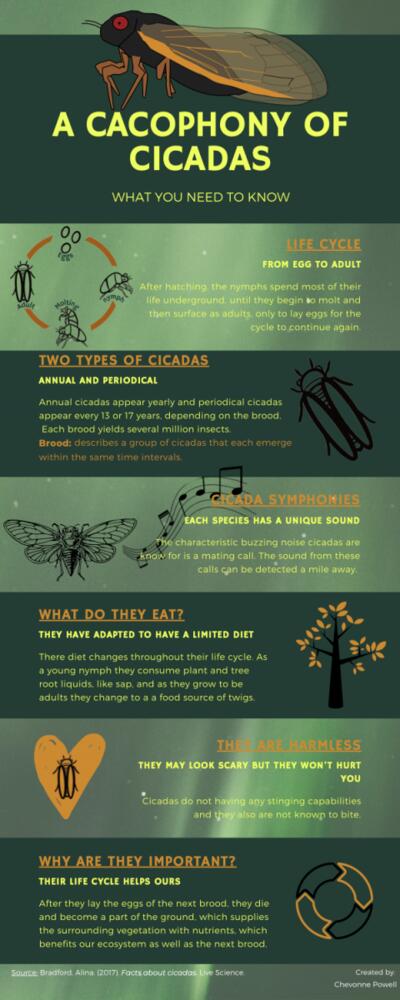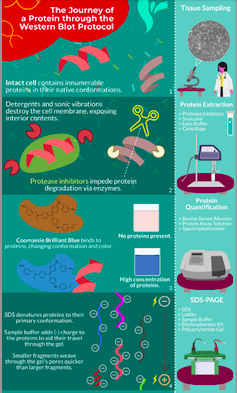
We partnered with The Yale BBS Diversity and Inclusion Collective (YBDIC) to lead Science Communication (SciComm) Workshops, focused on creating infographics and fun scientific demonstrations. This 5-week long program was a part of the larger SciComm Series which offered training in many aspects of communication and audience engagement (more information here). Infographics are a great way of conveying information clearly and concisely through the use of eye-catching imagery and charts on easy-to-follow layouts. Below are infographics from a variety of topics created by the scholars, check them out and get inspired!
“Western Blot” - by Francisco Torres-Torres from the University of Puerto Rico at Cayey


“The Western Blot protocol follows a series of biochemical techniques employed to identify proteins within a tissue sample. The protocol is typically utilized to compare the concentration of specific proteins between experimental groups. To achieve this, proteins are extracted, solubilized, denatured, separated, incubated, and visualized.”
We can certainly visualize the entire procedure thanks to Francisco’s infographic, well done!
“Animal models/Neuroscience” - by Amanda Anqueira-González from the University of Puerto Rico - Rio Piedras

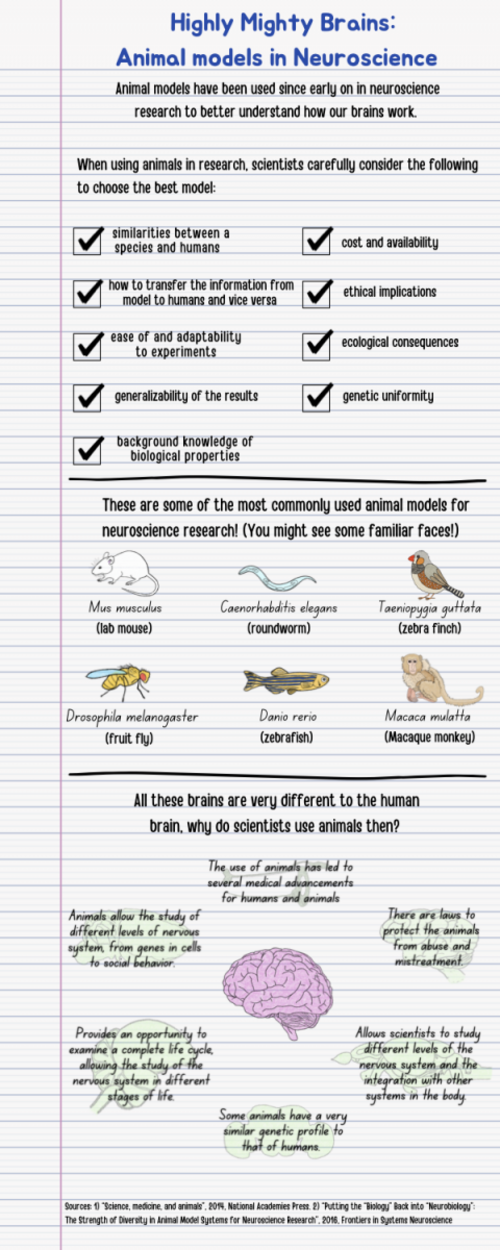
“Animal models are crucial for scientists to understand and discover more about the mysteries of the brain and nervous system. Why are they crucial? How do scientists know which models is best for their research question?”
This infographic will definitely inform our future decisions in choosing an animal model. Thank you, Amanda!
“Development and Maturation of a Sperm Cell” - by Darwing S. Padilla Rolon from the University of Puerto Rico at Cayey

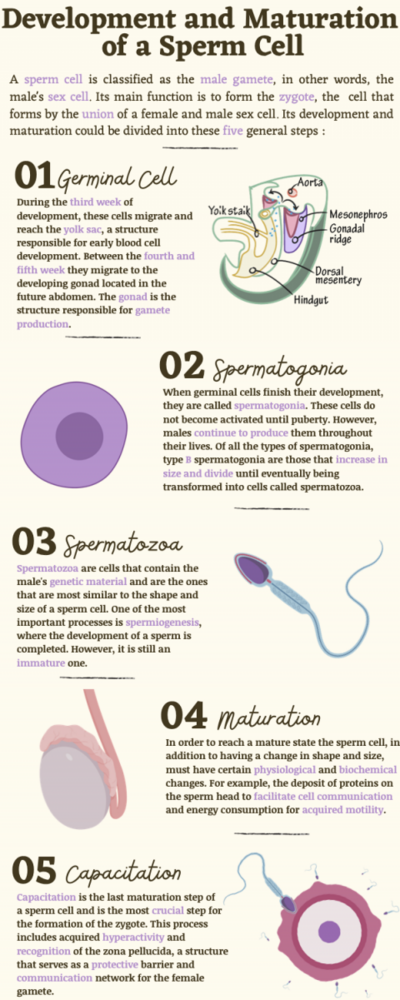
“Sperm cells have a simple morphology, yet a complex development. How do these cells differentiate into the essential sex cells of a male? Find out now with this infographic that details the most important developmental and maturation steps of a sperm cell.”
We love this clear and aesthetic outline of the sperm cell differenitation and maturation. Thank you, Darwing!
“Neuroscience” - by Roshae Roberts from the University of Maryland Baltimore County


“Covid19 Awareness” - by Islam Mohamed from the Horus University Egypt


This is a good reminder from an aesthetically pleasing infographic by Islam. Stay safe, everyone!
“Mental Health” - by Adriana Rivera from the University of Puerto Rico at Humacao

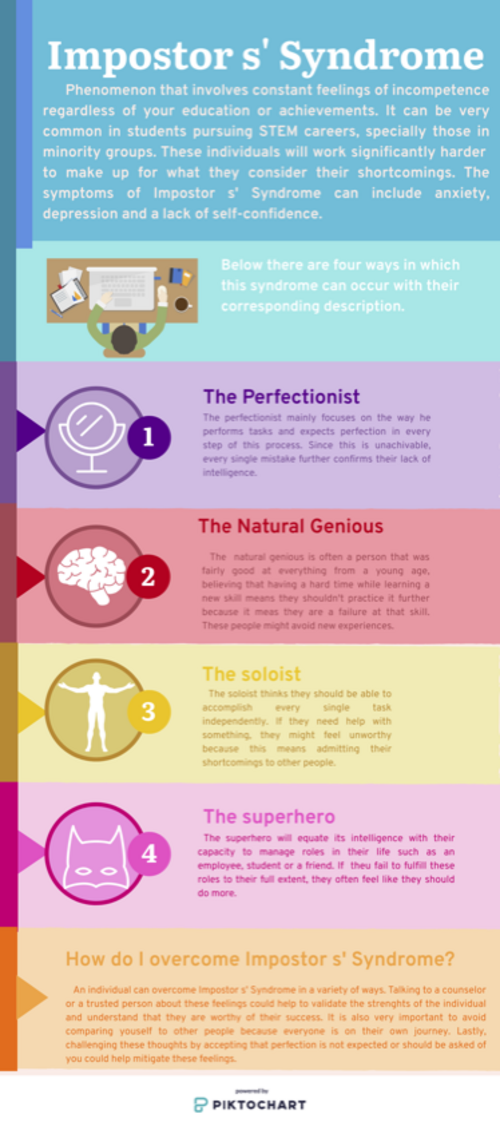
A lot of us experience Imposters’ Syndrome. Thank you, Adriana for spreading awareness on this topic!
“Neurulation” - by Leeane M. Vásquez Ramirez from the University of Puerto Rico at Cayey

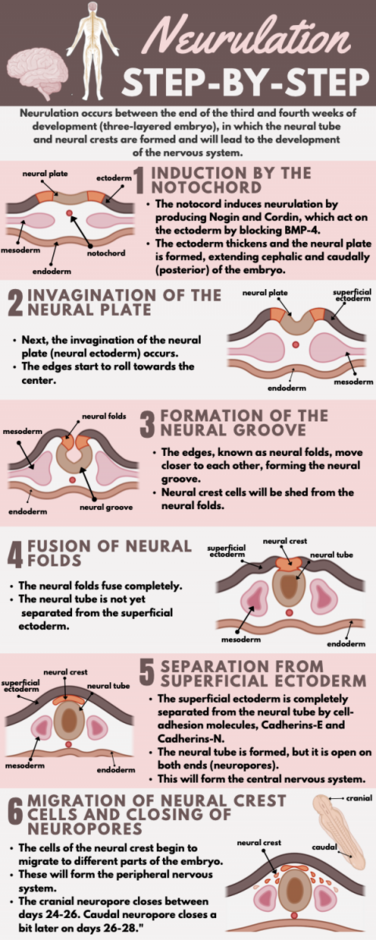
“Want to learn more about how the nervous system develops? Check out this infographic about the neurulation process that occurs in a 3 to 4-week-old embryo!”
These are great descriptions accompanied by beautiful schematics. Well done Leeane!
“Cicadas/insectology” - by Chevonne Powell from Georgia State University

